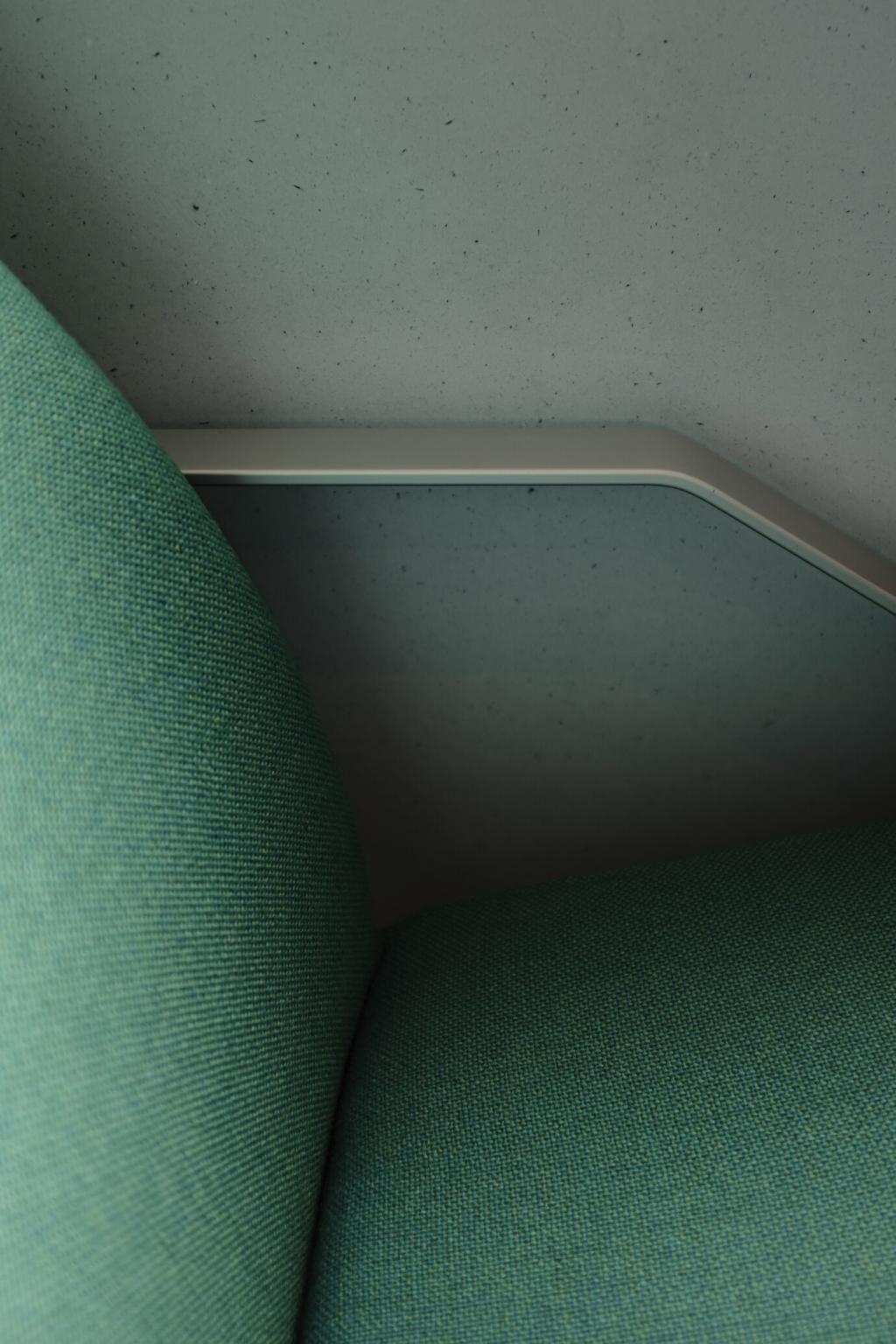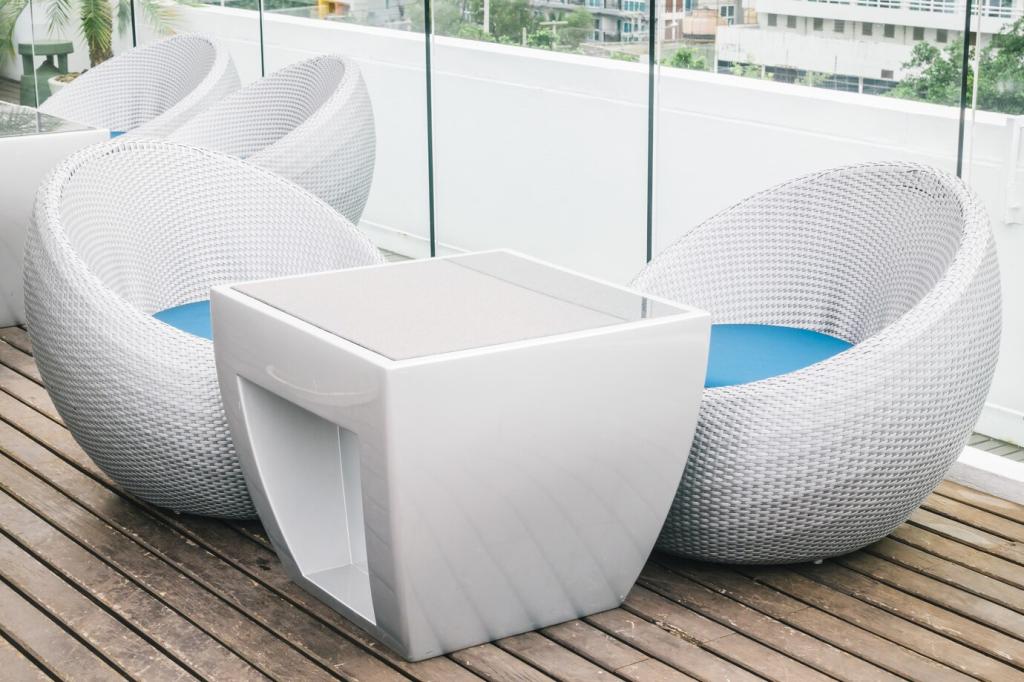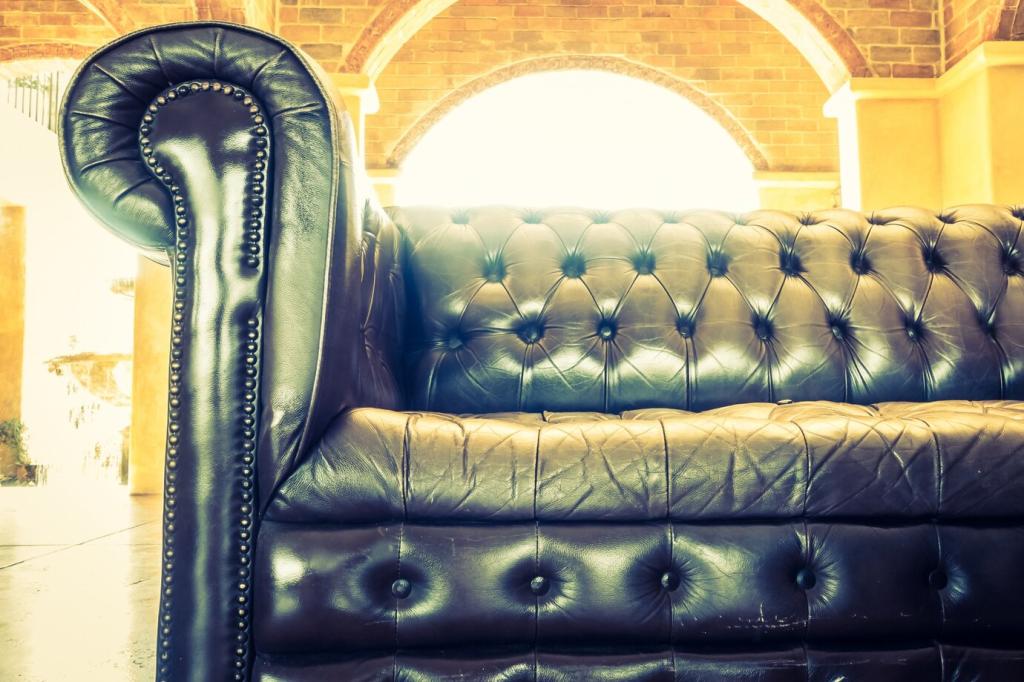
Eco-Friendly Multifunctional Furniture Options
Discover how eco-conscious choices in multifunctional furniture can redefine your living spaces while lessening your environmental footprint. This guide delves into design principles, material innovations, and practical benefits of selecting furniture that serves multiple purposes and is crafted with sustainability at its core. Enhance your home or office’s versatility and aesthetics, all while making responsible choices for the planet.

Environmental Impact of Furniture Production
The traditional furniture industry is often associated with significant deforestation, high energy consumption, and substantial waste production. Rethinking how we design and produce furniture is key to reversing these trends. By embracing recyclable materials, non-toxic finishes, and manufacturing processes that reduce greenhouse gas emissions, eco-friendly initiatives lessen negative impacts on ecosystems. When such sustainable methods are paired with multifunctional concepts, furniture items serve a broader array of needs, reducing overall consumption and waste. This shift is essential in working toward a circular economy within the home décor and furniture sectors.

Longevity and Adaptability in Design
Sustainable multifunctional furniture is intentionally created to endure, both in style and structure, while flexibly adapting to evolving lifestyles. Rather than adhering to disposable trends or single-use utility, these designs prioritize durability, easy maintenance, and adaptability. This resilience fosters a culture of reuse, helping furniture transition seamlessly as needs or living situations change. As a result, consumers reduce the frequency of replacements and disposal, which in turn diminishes demand for raw materials and lessens landfill waste. Ultimately, longevity supports environmental responsibility alongside practical living.

Ethical Sourcing and Production Methods
Ethical sourcing ensures that the wood, metals, fabrics, and finishes found in furniture originate from responsibly managed resources. Sustainable furniture brands often seek certifications for ethically harvested timber, recycled metals, and organic textiles. Production processes are scrutinized for fair labor conditions and minimal chemical usage, reducing environmental pollutants and safeguarding worker well-being. In multifunctional furniture, these ethical commitments are reflected in clean lines, modularity, and craftsmanship that honors both people and planet, aligning aesthetics with conscientious choices.
Bamboo stands out as a preferred material for eco-friendly furniture due to its rapid regrowth cycle and minimal requirements for pesticides or irrigation. When used in multifunctional pieces, such as convertible tables or storage solutions, bamboo offers strength, lightness, and a naturally appealing finish. Its versatility enables innovative forms that adapt easily to various spaces and purposes. By choosing bamboo over traditional hardwoods, consumers contribute to reducing deforestation and supporting regenerative agricultural practices, making it an excellent option for sustainable living.

Maximizing Space and Reducing Waste
Transformative Pieces for Modern Living
Convertible furniture, such as sofa beds, expandable dining tables, and wall beds, exemplifies how a single investment can fulfill several needs. These transformative pieces adapt effortlessly to changing circumstances, accommodating guests or evolving family sizes without the need for additional furniture. Their efficiency supports sustainable resource allocation since fewer items are required to meet various demands. By focusing on quality construction and responsible materials, these designs reduce both physical and environmental clutter, enhancing everyday living while minimizing long-term waste.

